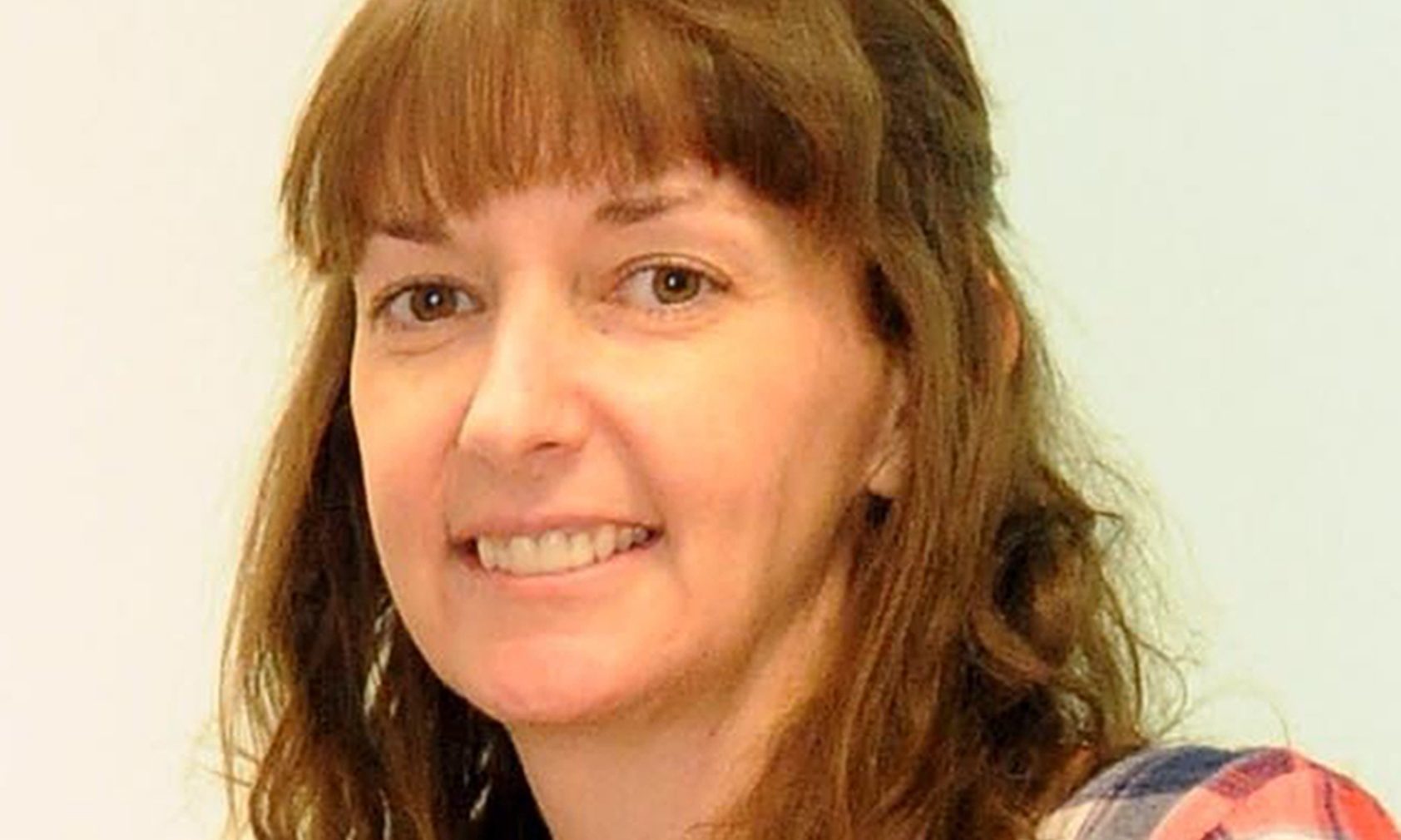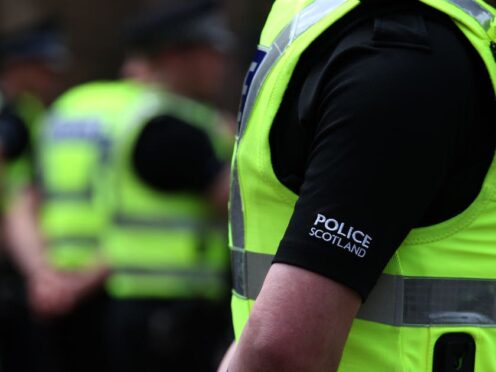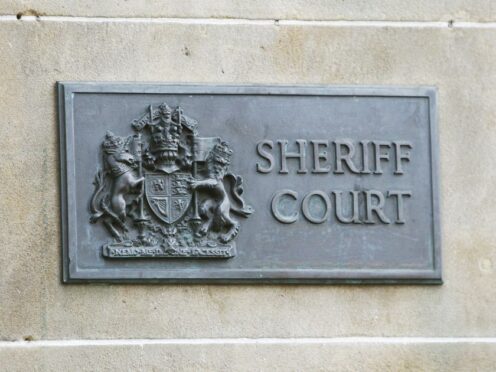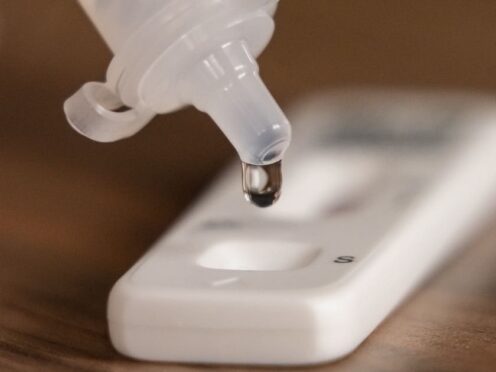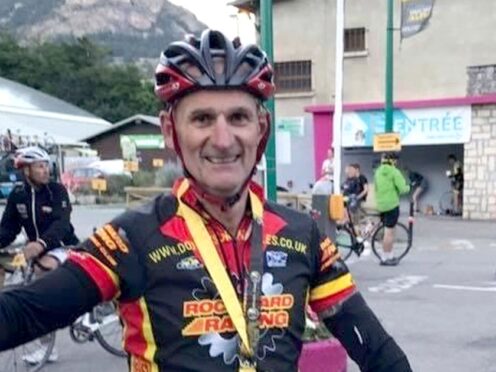Ebola nurse Pauline Cafferkey has said she will probably never run again due to the weakening effect of the virus.
The 40-year-old from Crossgates in Fife, said she has been left with a permanent weakness in her left leg after contracting the virus while working in west Africa in 2014.
She revealed her case was the highest viral load of Ebola ever recorded in a survivor.
The nurse had three spells in isolation at hospital after contracting the virus but said she is now testing negative for Ebola and doing “great”.
Speaking about her recovery, she told the BBC: “Although I am negative Ebola, I still have some remnants there as a result of it. But, on the other hand, I am alive and I have received the best care in the world.
“I’ve got pins and needles and numbness over various parts of my body. I’ve still got swelling at the base of my spine, which is very painful and dizziness – my balance isn’t too good.”
Ms Cafferkey said the after-effects of the virus also involved a weakness in her leg muscles.
She added: “That’s quite difficult to get my head around because I don’t think I’ll be able to do the fitness that I used to do. I don’t think I’ll be able to run again because I do have this leg weakness.”
She contracted the virus while volunteering at the Kerry Town Ebola treatment centre in Sierra Leone at the height of the crisis in December 2014.
She spent almost a month in an isolation unit at London’s Royal Free Hospital when the virus was detected on her return to the UK.
After recovering, she was discharged and returned to her work as a nurse at Blantyre health centre in South Lanarkshire, but fell ill again in October and was this time treated for meningitis caused by Ebola.
She was flown from Glasgow to the Royal Free once more in February for a complication related to her previous infection and released later the same month.
